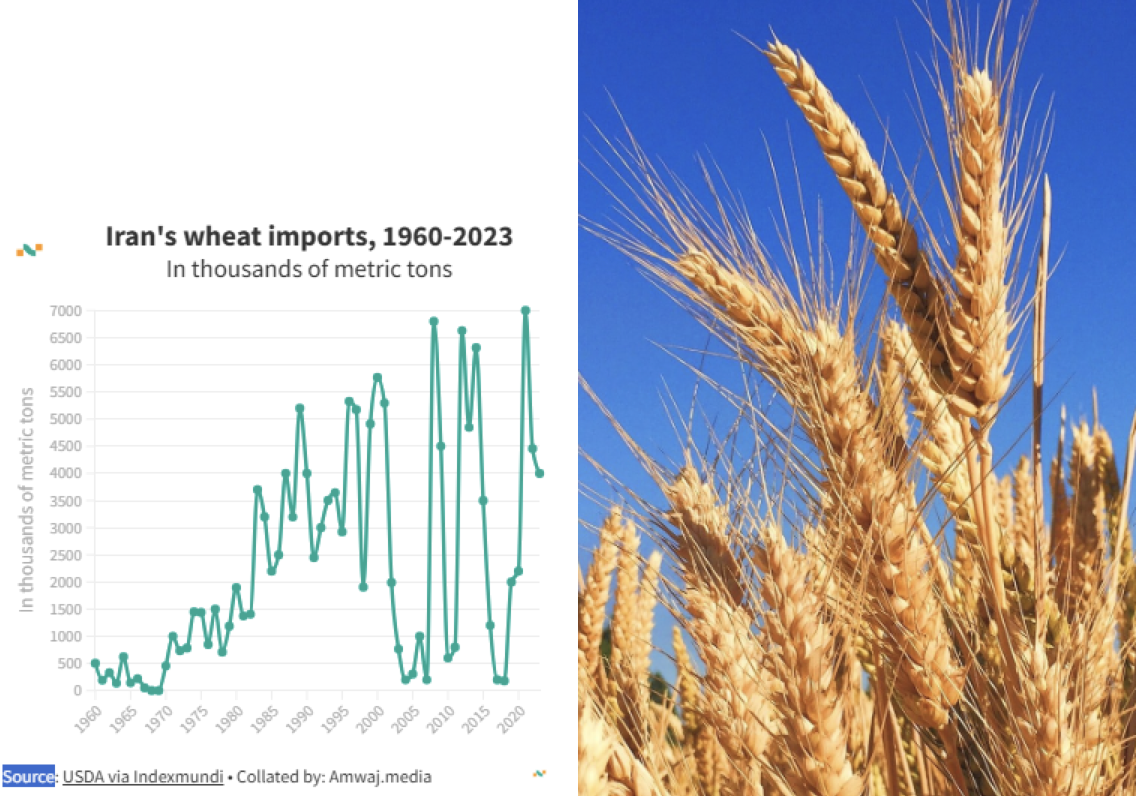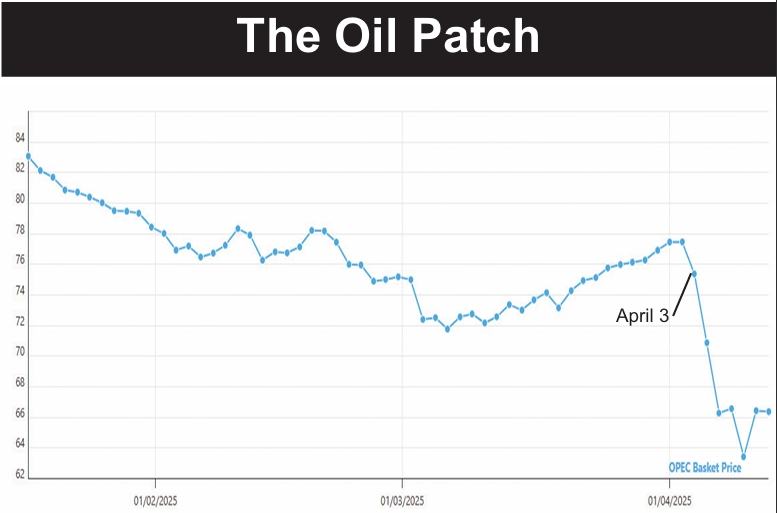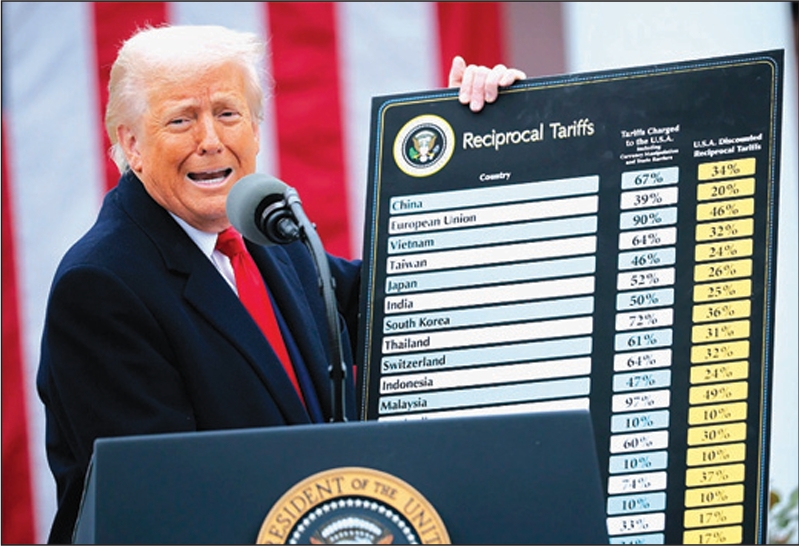Iran faces a revenue shortfall amounting to one-third of this year’s approved budget due to lower-than-expected revenues and President Rohani will be revising spending plans next month, senior government officials have said.
President Ahmadi-nejad apparently did nothing but continue spending right up to the end and just left the deficit disaster to his successor.
Rohani may have to cut spending more than would have been required if Ahmadi-nejad had put on the brakes earlier in the year. The Iranian fiscal year is now five months complete.
The country’s oil exports, its major source of revenues, have been more than halved since 2011 as a result of sanctions.
About one-third of the approximately $68 billion budget for March 2013-March 2014 will not be realized, said new Deputy President Ashaq Jahangiri, citing figures left behind by the outgoing administration.
Jahangiri was quoted by the Iranian Students News Agency (ISNA) as saying Sunday that officials told him “more than one-third of the budget [revenue projection] is unrealistic” and it must be cut to about $45 billion.
“We face a serious budget shortfall,” Jahangiri said.
The problem is that if Ahmadi-nejad spent at the full rate for the first five months of the budget year, there would be only $17 billion left in revenues to spend against $40 billion in planned spending. In that case, the spending plan would have to be cut back 60 percent for the remainder of the year to end up in balance at next Now Ruz. Cuts of that magnitude could have a devastating impact on the economy. But continuing a high level of spending would further fuel inflation, which—along with jobs—are the key concerns of the public.
Another Rohani aide, Mohammad-Baqer Nobakht, told state television Saturday night that a revised budget would be presented to the Majlis by mid-September.
“If the 2013-2014 budget law is revised, the government and the country will not face a budget shortfall and resulting inflation,” Nobakht said, according to the Mehr news agency.





















